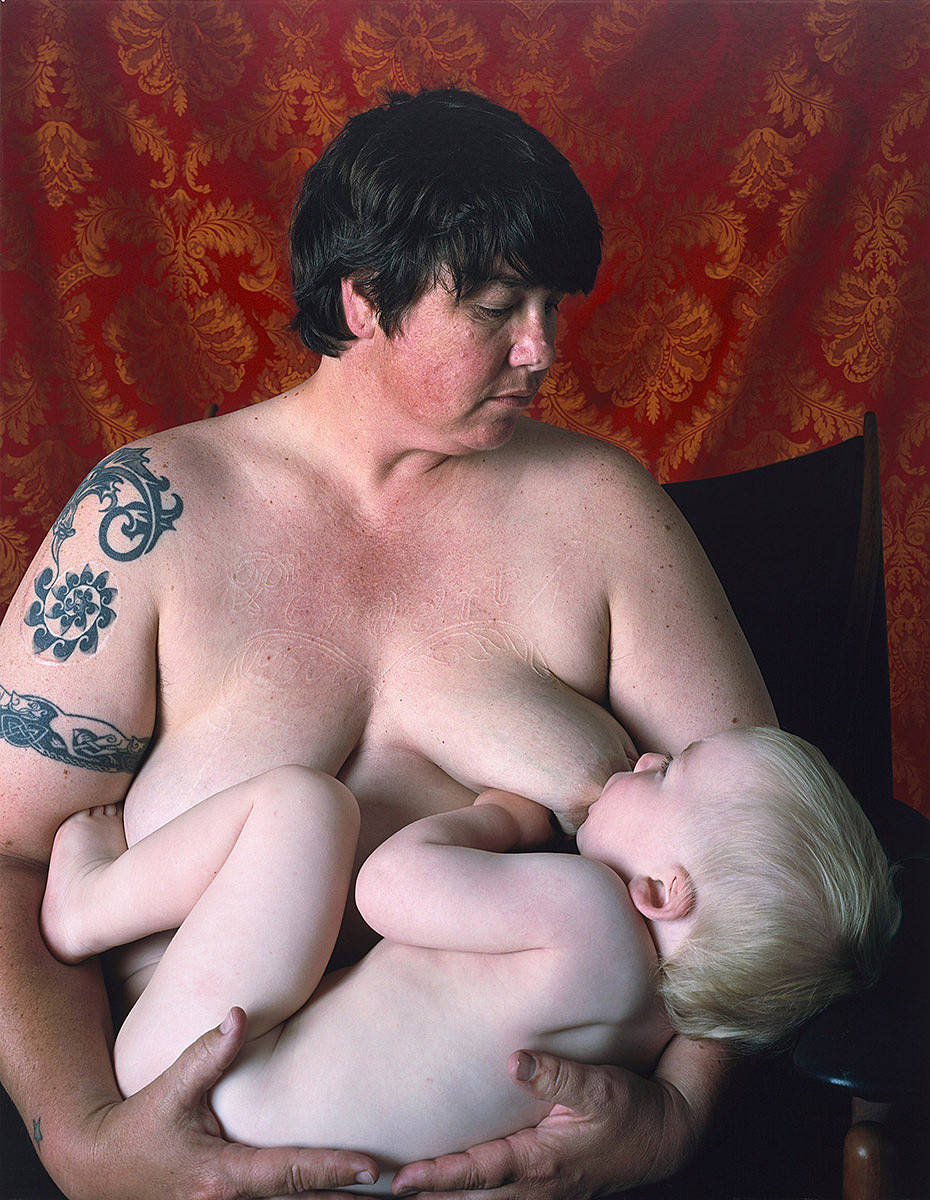Reclaiming Power and Identity
Portraiture has always been used to define power, by men, for men. But the artists in this section flip that script. Through raw, assertive, and unapologetic portrayals, they center the agency of their subjects, challenging the male gaze and demanding visibility on their own terms. These works refuse to beautify or simplify. They offer complexity, autonomy, and a new kind of presence: not as muses, but as makers of their own meaning.

Margaret Evans Pregnant
Alice Neel
1978
Oil on Canvas
57 3/4 x 38 inches
In an art world that so often idealizes the female form, Neel’s portrait is a quiet rebellion. Evans, seated nude and exposed, meets the viewer with a steady gaze. Her body, marked by fullness and fatigue, defies the polished fantasies often projected onto the female form. There is no softness here to soothe the viewer, no coy modesty. Rather than aestheticizing or eroticizing her subject, Neel emphasizes physical weight, emotional presence, and the complexity of late pregnancy. It is a woman painted by a woman: for herself, for other women, and on her own terms.

Les trois femmes noires
Mickalene Thomas
2010
Rhinestone, Acrylic, and Enamel on Panel
120 × 288 × 2 in
In this reimagining of Édouard Manet’s Le Déjeuner sur l’herbe, Mickalene Thomas breaks the canon of art history. The subjects, three Black women adorned in vibrant prints, exude confidence with their natural hair, occupying the space with self-assurance. They do not perform. They do not flinch. They return the viewer’s gaze. Rhinestones, which have been associated with kitsch, girlhood, and frivolousness, are elevated to high art. These embellishments reframe femininity as something dazzling and commanding, not soft or submissive, but spectacular.

Self-Portrait/Nursing
Catherine Opie
2004
Chromogenic Print
40 x 31 inches
Opie’s work challenges traditional representations of women in art and culture, shifting the gaze from an objectified, passive view to one of active subjectivity. Rather than being framed for male consumption or idealized beauty standards, Opie’s self-portrait is a raw, personal exploration of the maternal body. It subverts the objectification of women by positioning the viewer in a space where they are invited to witness this moment not as an outsider, but as someone who can reflect on the complexity and power of female experiences.